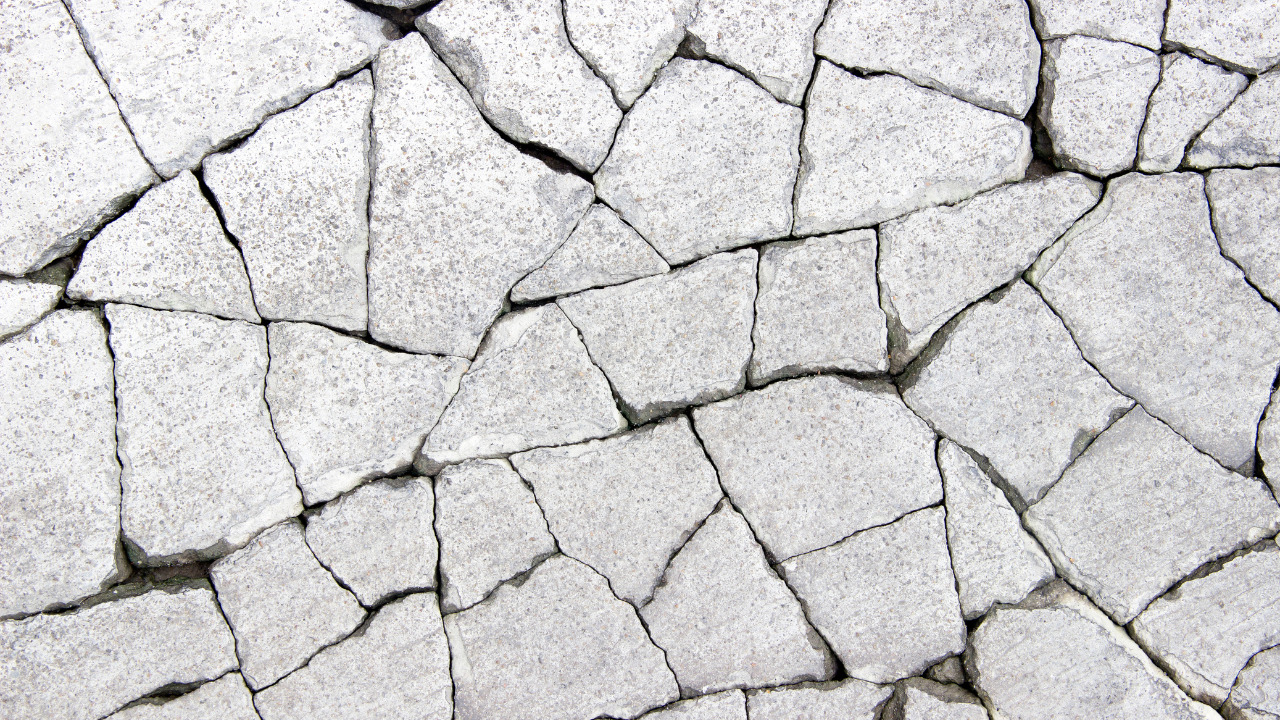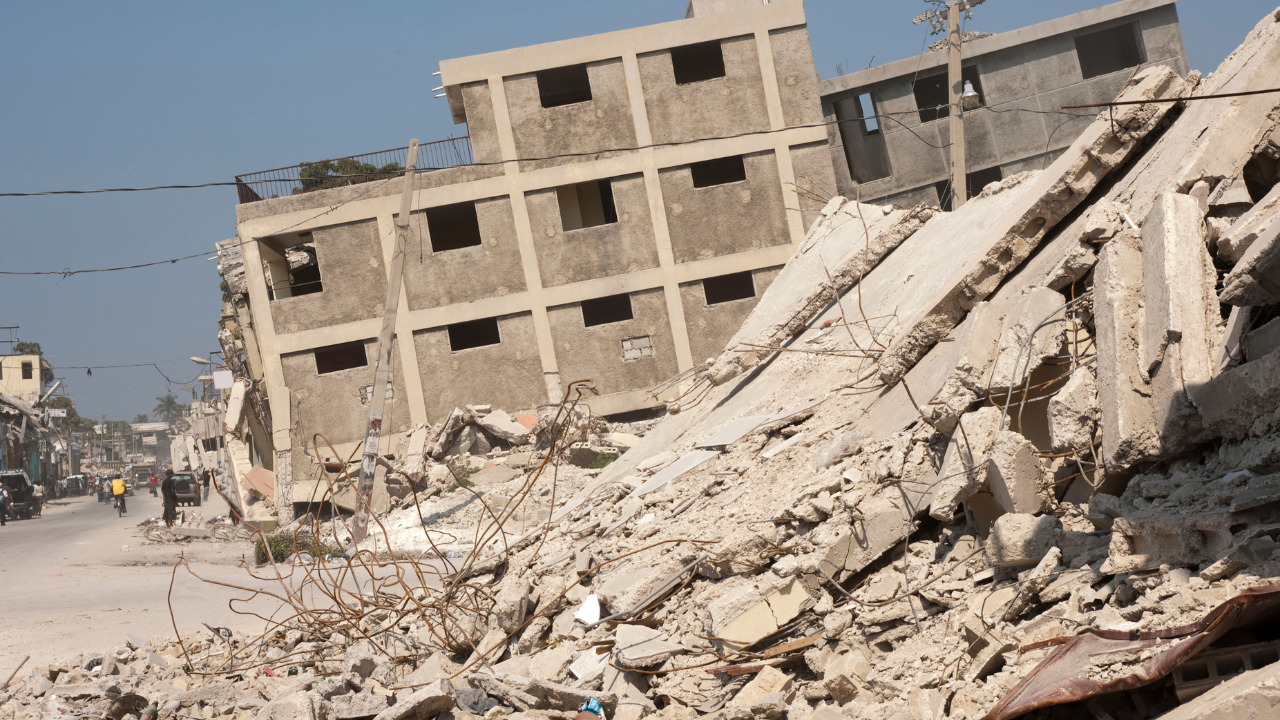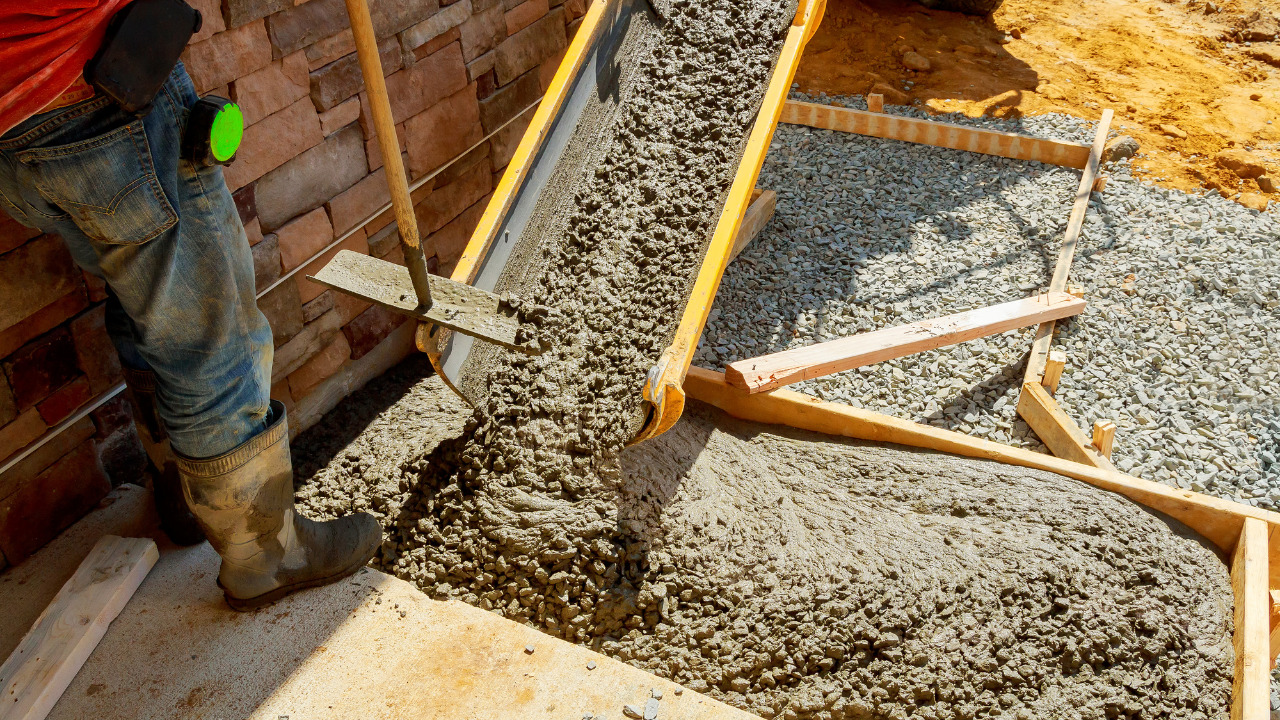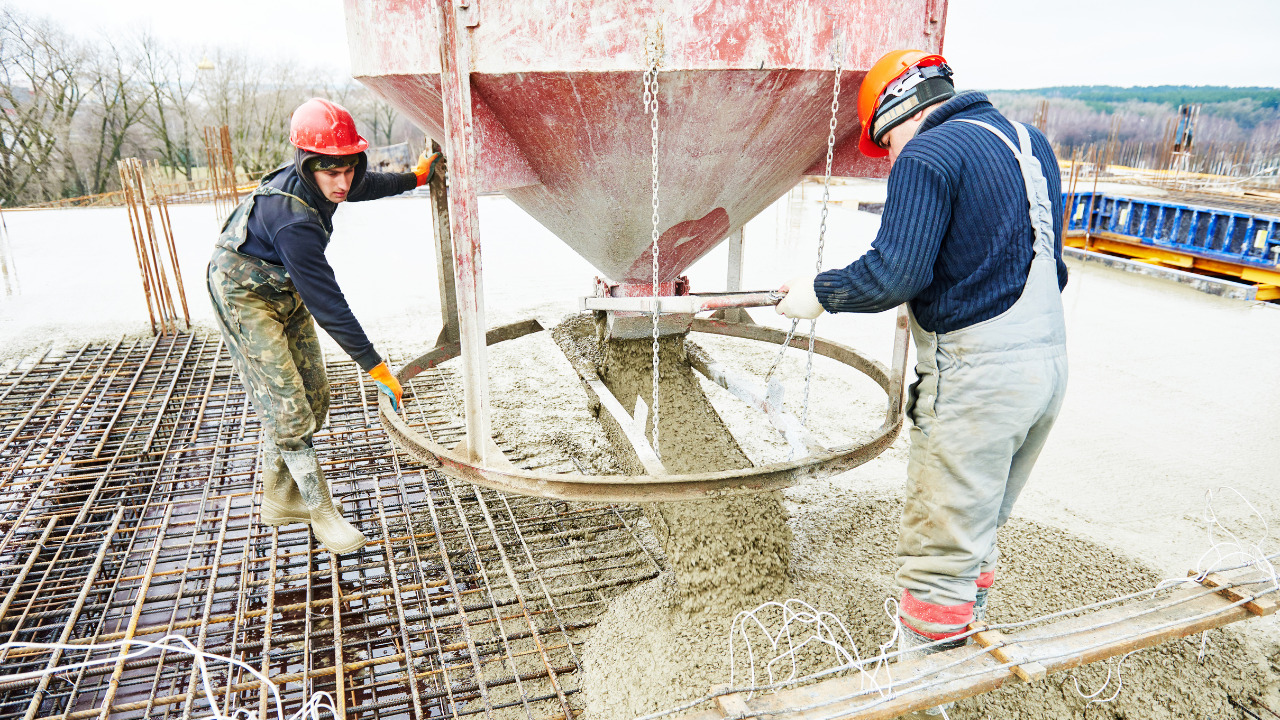Removing concrete forms as soon as possible makes sense because they can be very ugly. We will discuss how quickly they can be removed securely so that you can display your just-installed concrete.
Most concrete forms can be taken off after 24 to 48 hours. But before the forms can be removed without risk, more severe build-up may require up to seven days. Make a plan before removing forms because doing so too soon can lead to structural instability, drooping, and cracking.
If your project involves many forms, you might be asking how to expedite the removal of the concrete formwork. Understanding how long you must wait before removing the form and when it is safe is critical.
Table of Contents
What Is Concrete Form? An Overview
Concrete shuttering, sometimes called concrete formwork, needs molds to keep liquid concrete in place while curing. To mold and fortify the concrete, these forms are required. Without a form, the concrete would become a large mound of solidified liquid with no real shape or purpose.
Formwork can form concrete slabs into walls, bases, and even floors. Also, these structures can provide the concrete’s surface texture for aesthetic purposes. Building concrete structures present a decision-making opportunity for contractors.
Why Shouldn’t You Remove Forms Early?
Depending on what you’re trying to build, removing supports before the concrete can dry can be highly risky. It can have negative effects that are felt for a very long time, especially if the concrete is eventually intended to support an architectural load.
Cracking And Sinking
Concrete is far more likely to crack when still curing than dry. The weight of the concrete presses itself before the structure can support it, frequently resulting in cracks in concrete that have had its form removed too early.
Concrete can still behave somewhat like a liquid when it is drying. It may protrude downward, bend to one side to varying degrees, or run down toward the ground.
Collapsing
Sand and water make up the majority of concrete. It can easily collapse before it dries, just like a sandcastle. Your pour will likely be a disaster if any of these things occur. Whatever is positioned close to or on top of it could sustain significant harm if it collapses due to the weight of the concrete. Undoubtedly, this is the worst-case situation.
What Would Be The Right Time To Remove Forms?
One of the most frequently utilized building materials worldwide is concrete. It is simple to create, robust, long-lasting, reasonably priced, and adaptable. Cement, sand, and stone are combined with water to form concrete.
When water is added to dry concrete, the cement undergoes a chemical reaction to create a paste that eventually cures and hardens. Concrete is an excellent building material because of this. When poured into a form or mold, it will set up and keep the shape of that form or mold.
Concrete may be used to construct nearly anything because of this special quality. This covers driveways, steps, footings, and foundations. Due to its strength and aesthetic appeal, concrete is utilized to construct structural elements and completed goods.
To produce stable, concrete structures and goods, concrete must be properly mixed, poured, and cured into strong, durable shapes. Concrete can be poured into any shape, but once it has dried, it will harden and retain its shape. For this reason, the forms must be formed of materials that can sustain the weight of the concrete.
Additionally, they must be kept in place long enough for the concrete to set and dry. The final construction or product could be harmed if the forms are taken out too soon. The concrete will be too hard to finish if removed too late.
After 24 to 48 hours of curing, most concrete forms can be removed. Forms, however, may remain in place for more than a week during some major structural constructions. Large pours need more time to cure and become firm.
Within a few hours, forms can be removed for finished cast objects, such as concrete countertops. Concrete becomes too hard to smooth if you wait too long.
Things To Consider Before Removing Forms
The reinforced concrete should not be subjected to shock or vibration when removing any formwork. The concrete surface should be visible before removing the soffit and struts to check whether it has suitably hardened.
Proper safeguards should be considered for the slower rate of hardening that happens with all elements in cold temperatures. Naturally, drying time will increase as more concrete is added. It can also affect how long it takes to remove the forms safely if your concrete is hung above the ground.
Concrete builds strength more quickly when it is of a richer grade because the strong growth rate is higher. A higher grade of cement has a quicker setting time and develops strength faster. The strength development of concrete is also influenced by the cement employed in it.
Frequently Asked Questions
How long do you need to wait before removing concrete forms?
After around 24 to 48 hours, walls and columns can be removed. After 3–4 days, slabs with their props still under them can usually be removed. After one week, soffits can be removed along with the props that were placed beneath them. After one week, the props holding slabs under 15 feet can be taken out.
Why do you need to water Concrete?
Without any moist curing, concrete dries too quickly and only reaches around half of its maximum design strength.n Moreover, it will have more shrinkage cracks.
Do you need to cover concrete forms during rain?
Yes! Cover the site completely with plastic sheets and tarpaulin if rain is expected on the day you pour concrete to keep the ground as dry as possible. Be sure you have plastic sheets and wood on hand to build a shelter over the new concrete in case it starts to rain while it is pouring.
Is it safe to pour concrete over an existing concrete form or slab?
Yes! Concrete can be poured over another concrete layer. This task is manageable as long as your concrete is in excellent shape. Ensure the new mixture is at least 2 inches thick before pouring it over an existing slab.
Conclusion
Forms are technically reusable indefinitely. However, in reality, the forms are quite ugly and can obstruct further building efforts. Many businesses also prefer to reuse their forms whenever feasible, which is fairly difficult if they are never withdrawn.
If the forms remain, there is little use in creating a concrete structure. You might as well be constructing the tower out of wood, then. The forms for your concrete construction should probably be taken out.
It’s an important stage in many construction projects It’sdenotes the end of your concrete building. You may relax knowing your concrete is finished and prepared to be useful if you give it the time it needs to cure.










